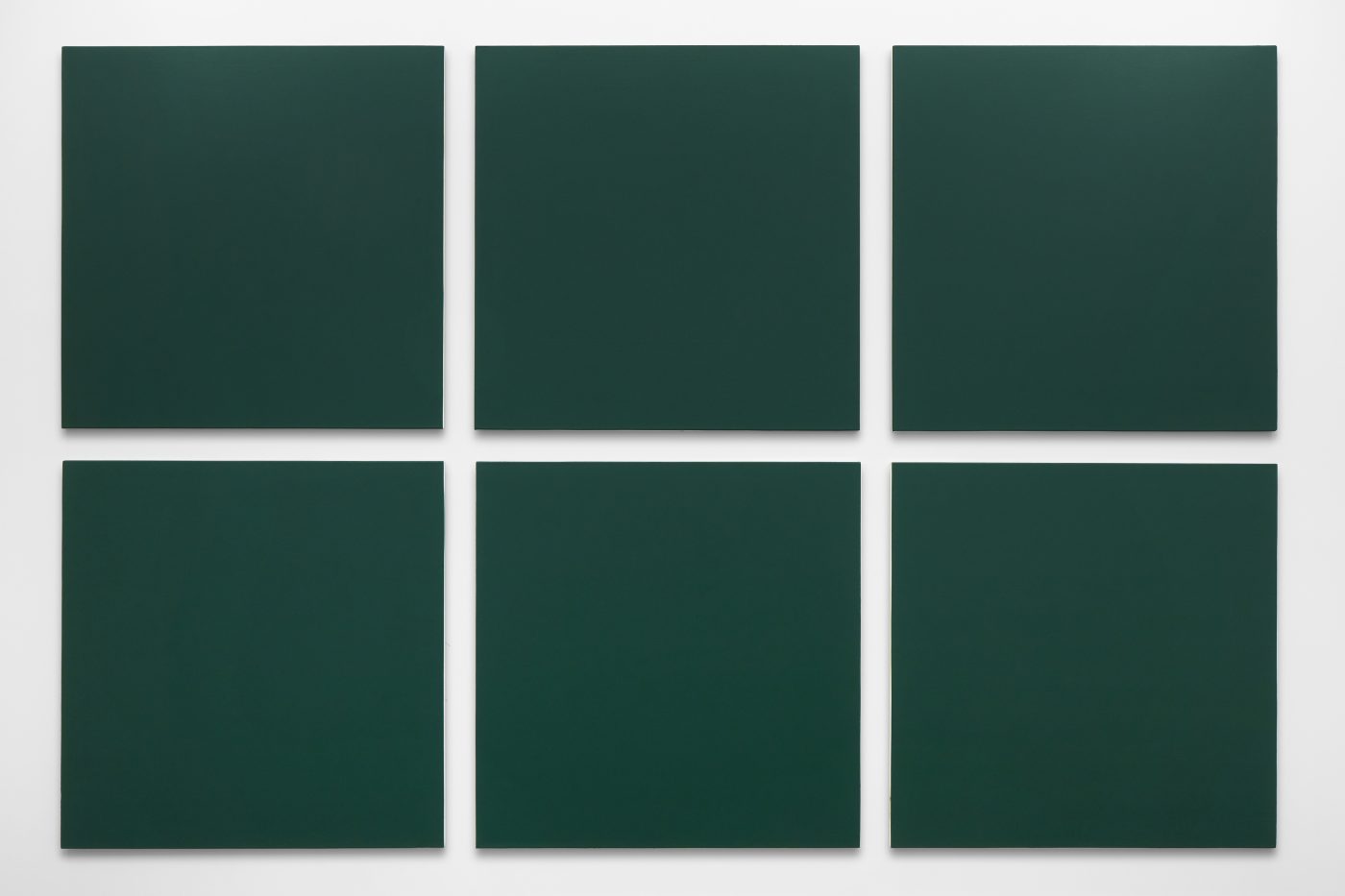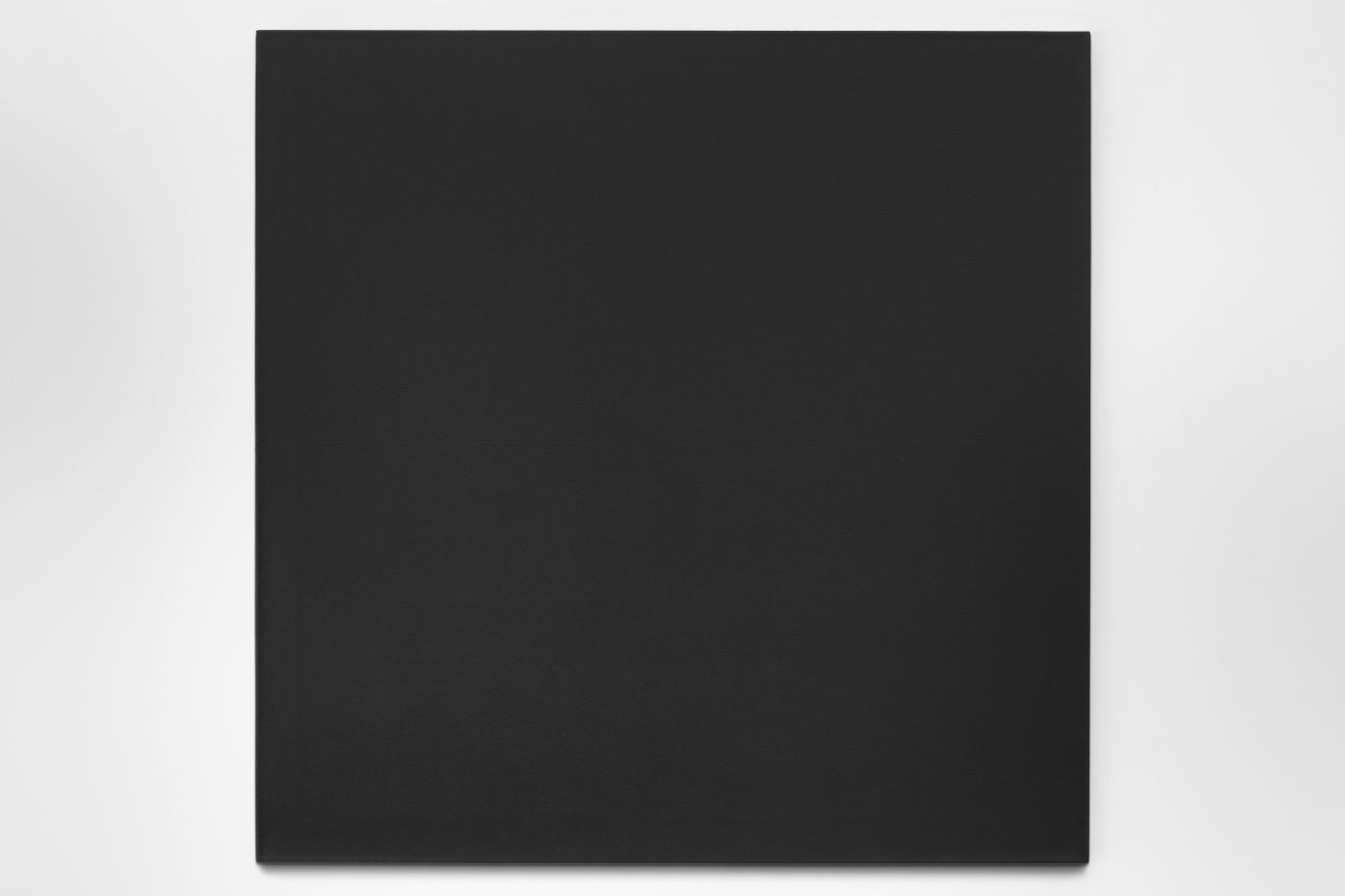Olivier Mosset 30 August—12 October 2019
Views

|
acrylic on canvas, 6 parts, 122 x 122 each

|

|
pen on paper, 58 × 43.5 cm

|

|
acrylic on canvas, 122 × 122 cm

|

|
acrylic on canvas, 122 × 122 cm

|

|
pen on paper, 58 × 43.5 cm

|

|
acrylic on canvas, 122 × 122 cm

|
pen on paper, 58 × 43.5 cm

|

|
pen on paper, 58 × 43.5 cm

|
pen on paper, 58 × 43.5 cm

|
pen on paper, 58 × 43.5 cm
-
Untitled, 2008
-
Exhibition view
-
Untitled, 2018
-
Exhibition view
-
Untitled, 2019
-
Exhibition view
Text
galerie lange + pult is pleased to start the new season with a solo exhibition of Olivier Mosset (*1944), who is represented by the gallery since 1999.
As a representative of abstract painting, which attempts to reduce itself to its essence, since the early 1960s Mosset has been questioning the institutional structures of the art world as well as notions of authorship, originality and individuality through artistic appropriation and deconstructivist methods. Once a member of the famous BMPT group with Daniel Buren, Michel Parmentier and Niele Toroni, who sought to democratize art through radical procedures of deskilling, implying that the art object was more important than its authorship, he is nowadays widely recognized for his conducting of research into the future of painting through geometrical abstraction and monochromes. Living between two continents since 1977, Mosset remains one of the few artists in Europe that is involved in the French, Swiss and American artistic and critical contexts.
Within the exhibition galerie lange + pult shows 122 x 122 cm monochromes that are significant for Mosset’s œuvre. As squares are of great importance for Mosset, the monochromes question the historically proven place of the motif on the canvas. As a result
galerie lange + pult is pleased to start the new season with a solo exhibition of Olivier Mosset (*1944), who is represented by the gallery since 1999.
As a representative of abstract painting, which attempts to reduce itself to its essence, since the early 1960s Mosset has been questioning the institutional structures of the art world as well as notions of authorship, originality and individuality through artistic appropriation and deconstructivist methods. Once a member of the famous BMPT group with Daniel Buren, Michel Parmentier and Niele Toroni, who sought to democratize art through radical procedures of deskilling, implying that the art object was more important than its authorship, he is nowadays widely recognized for his conducting of research into the future of painting through geometrical abstraction and monochromes. Living between two continents since 1977, Mosset remains one of the few artists in Europe that is involved in the French, Swiss and American artistic and critical contexts.
Within the exhibition galerie lange + pult shows 122 x 122 cm monochromes that are significant for Mosset’s œuvre. As squares are of great importance for Mosset, the monochromes question the historically proven place of the motif on the canvas. As a result of this criticism, he minimizes the ductus, focuses the color as the essence of the painting, and thus places the principle of objectivity in space. The formal neutrality of the pictures forbids any attribution of meaning. Thus, in his current production, Mosset has not finished criticising the traditional rectangular painting format and so giving good artistic practice a hard time: copies, diversions, appropriations, reworking, delegation recycling, tributes and movements are part of his work and also help our interest in this incredibly surprising output. While his work tends to escape from historical determinations, playing with our expectations and disrupting the rules, it can nonetheless give us an impression of the perpetual mise en abyme that Olivier Mosset applies to his own work.
In between the monochromes we can discover new and unusual drawings by Olivier Mosset, on which he scribbled with pen numbers, such as a ” 6 ” and an ” 8 “, signs such as a ” – ” or an ” I ” and letters soberly conveying the terms ” VU ” and ” TU ” on white paper. These contemporary drawings can on one hand recall the artist’s early works from the 1960s, such as his debut of the black letter A on a white background, or show us Mosset’s playful use of language and signs.
In a series of linguistic chains of associations, the number 2 thus becomes the word “two” and, through repetition, “two, two” becomes “TUTU. With such plays Olivier Mosset opens a further level of connection points from the number as sign, as language and finally as dance. One thinks of the French symbolist Stéphan Mallarmé, who sketched the theory of dance as “writing with the body”, “inscribing signs into space”. The dancer thereby becomes a metaphor in which the tension between movement and writing is physically expressed. In this sense, Olivier Mosset’s works can be understood as signs that not only represent themselves, but are activated by the viewer circling around them.
The exhibition thus shows us Olivier Mosset on the one hand as a radical artist who explores the essence of painting, and on the other as a critical realist and provocateur who questions institutional structures and the perception of art in Duchamp’s style.
Olivier Mosset, born in Bern in 1944, lives and works in Tucson, Arizona (USA). His works are represented in major public collections such as the MOMA in New York, the Centre Pompidou in Paris, the Kunstmuseum Bern or the Migros Museum Zurich. His works are regularly shown worldwide in solo exhibitions such as: Fondazione Antonio Dalle Nogare, Bolzano, IT (2019), MAMO, Cité Radieuse, Marseille, FR (2018), Jean-Paul Nadjar Foundation, Dubai, United Arab Emirates (2017), Nymphius Projects, Berlin, D (2016), Power Station, Dallas, Texas, US (2015); Centre Culturele Suisse, Paris, FR (2014); Kunsthalle Bern, Bern, CH (2011); doART Beijing, Beijing, PRC (2008); Palais de Tokyo, Paris, FR (2006); Musée d’art moderne et Contemporain, Geneve, CH; mostra personale Padiglione Svizzero alla 44esima Biennale di Venezia, Venice, IT (1990).
Olivier Mosset will also be represented in a solo exhibition at the Museum Haus Konstruktiv in Zurich until 8 September 2019.
